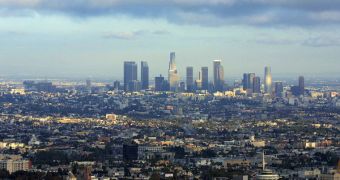Over thousands of years humans have learned that strength is in the numbers, and that coming together may help them better face the hardships of life. Thus, the largest cities in the world appeared, spanning tens of miles in each direction, and coming to house over 20 million people in a single urban concentration. Naturally, the trend will persist in the future, and it's up to the engineers of tomorrow to come up with novel and better ways of ensuring that this pace of growth can be sustained.
In each and every city in the world there are numerous systems that have to work together, in order for individuals to stay happy and be satisfied with their quality of life. “The accelerating urbanization of the species is rapidly increasing the complexity of the urban environment for humanity as a whole. This makes urban-system infrastructure a critical component in maintaining stable, functioning societies and ensuring quality of life,” Brad Allenby, a professor at the Department of Civil, Environmental and Sustainable Engineering, belonging to Arizona State University's Ira A. Fulton School of Engineering, says.
Some of the most difficult challenges that now affect the growth of conurbations include the integration of various self-monitoring systems, designed to reduce congestion and to bring down the massive electricity consumption registered throughout the world. Allenby gives various examples of these types of modern and sophisticated systems, such as smart buildings and appliances, and self-regulating public transportation (passenger trains and subways).
Furthermore, a greater number of complex communication channels have to be set up between existing systems, even though that means working with ever-expanding complexities. In other words, we cannot afford to promote an uncontrolled urban sprawl from now on, which will cause the clogging of nearly all major cities in a few years. Good examples of this trend are major urban centers such as Los Angeles and New Delhi, which have experienced such massive expansions over the past decades, that many people never exit their neighborhoods for fear of getting lost.
“Conceptually, it's slippery, but it's crucial to gain an understanding of what is truly sustainable, and what contributes to system resiliency, if we're going to make the kind of effective advances in infrastructure engineering that rapid urbanization demands,” Allenby concludes.

 14 DAY TRIAL //
14 DAY TRIAL //